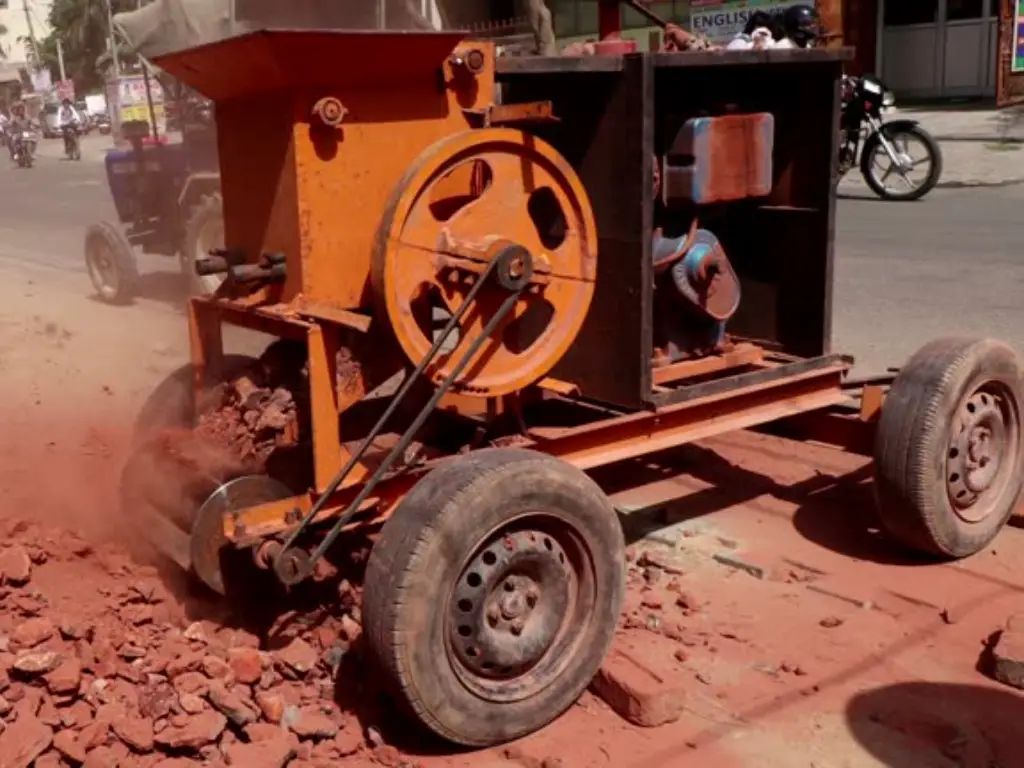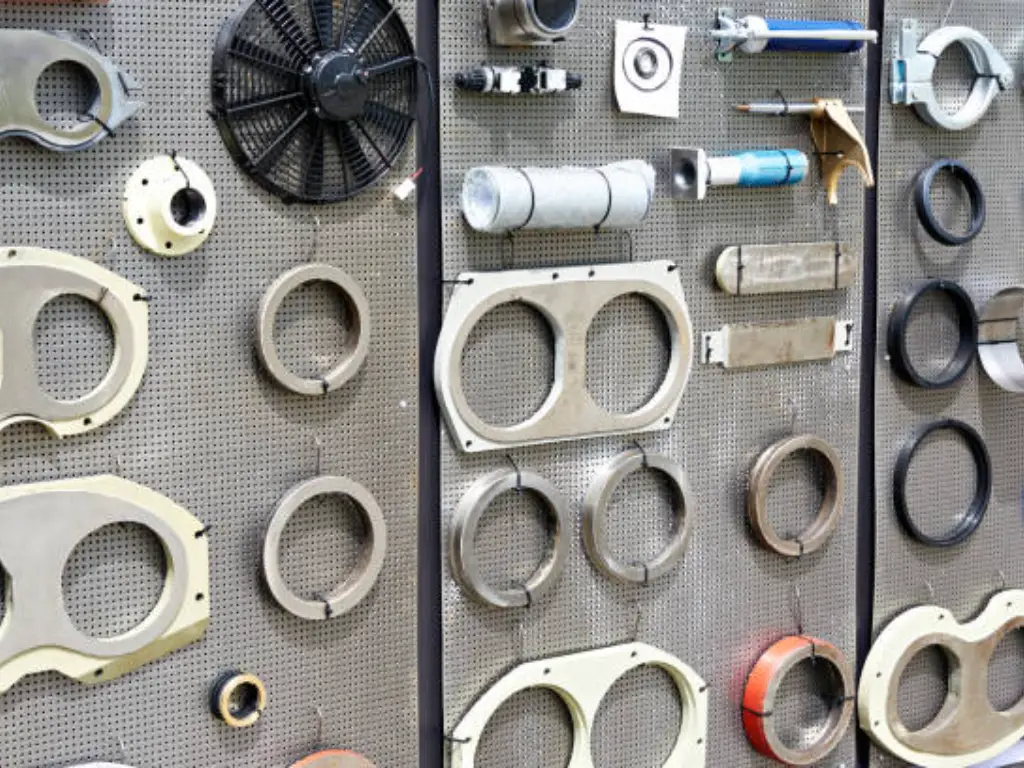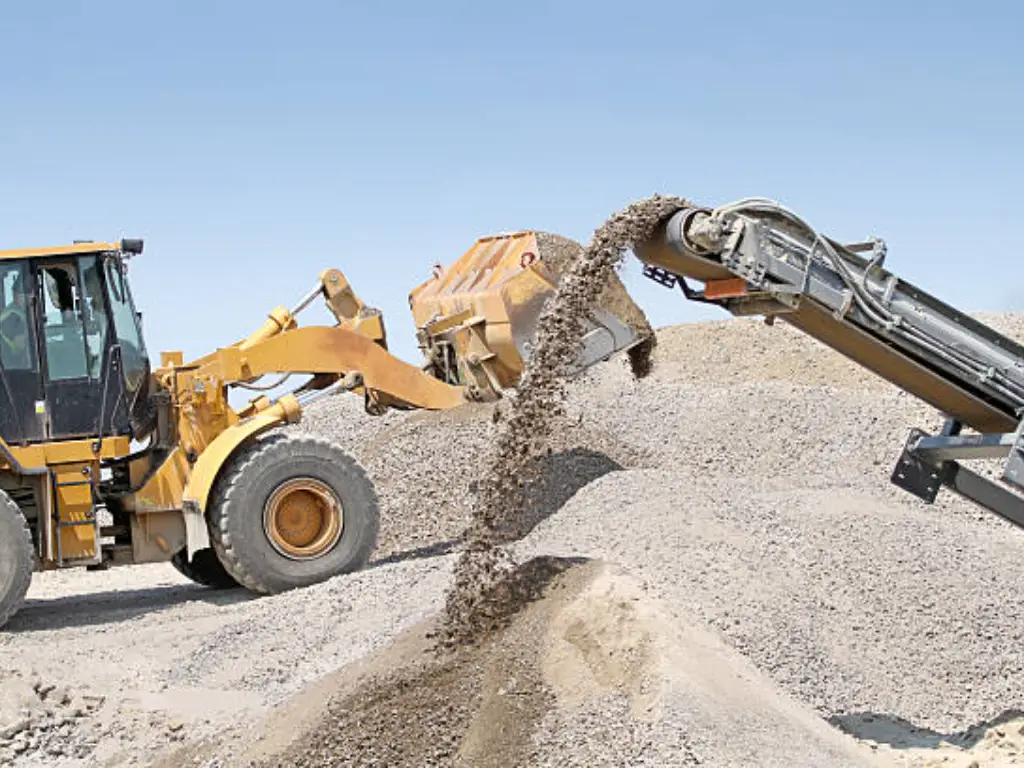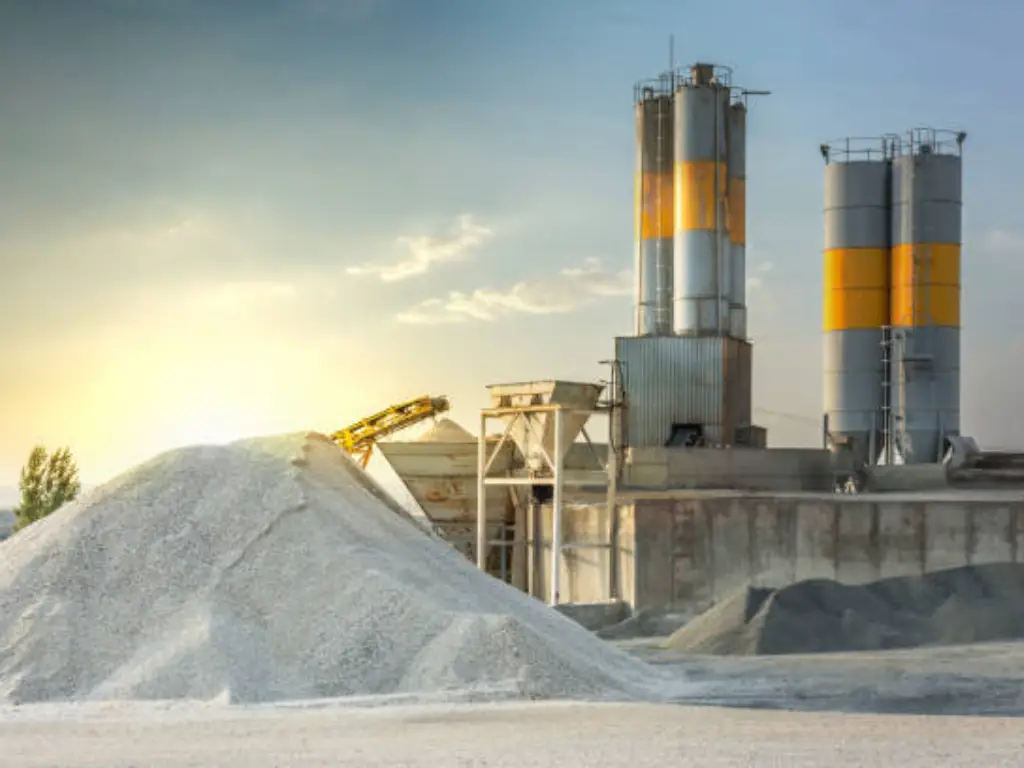- Home
- Blog
- Mineral Solution
- Mastering the Ball Milling Method: Your Comprehensive Guide
- mmldigi
What is Ball Mill?
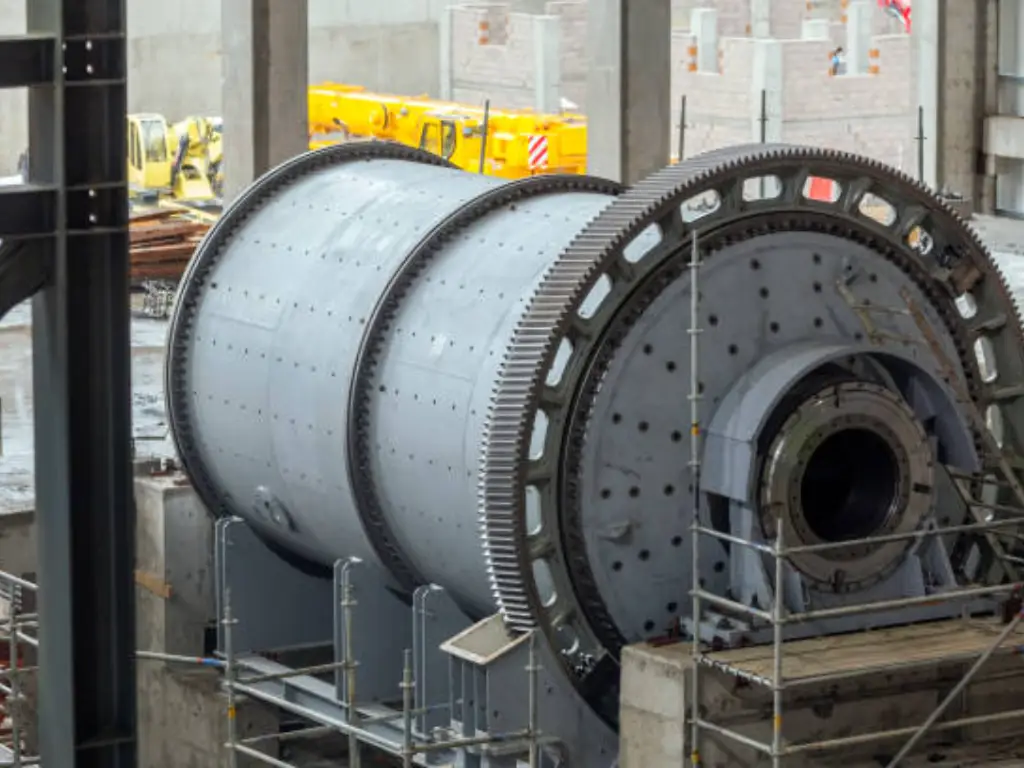
What is Ball Milling Method?
Materials and Media Used in Ball Milling
Working Principle of Ball Milling
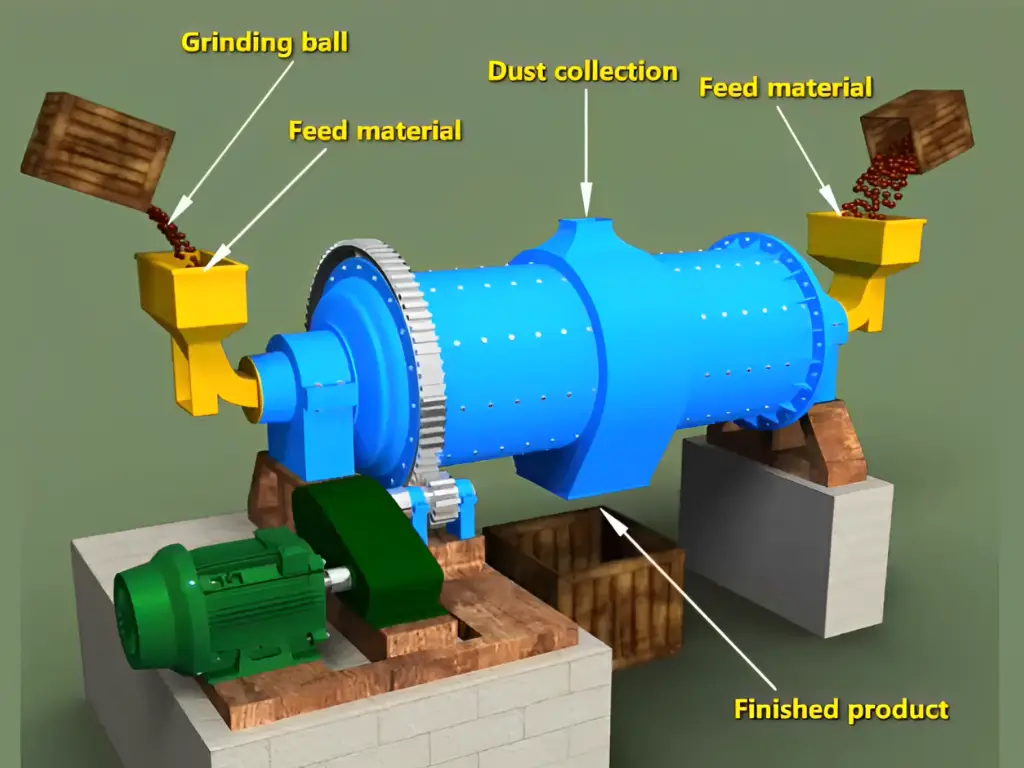
Mechanics of Ball Milling
Ball Milling vs. Other Grinding Methods
Ball milling is one of the techniques used in grinding and mixing of materials. To appreciate its benefits, it is necessary to look at how it differs from other typical grinding methods.
| Grinding Method | Description | Pros and Cons |
|---|---|---|
| Ball Milling | Uses spherical balls as grinding medium. Suitable for fine grinding and mechanical alloying. | Produces fine particles, uniform particle size, suitable for dry and wet milling. But requires careful control of parameters, potential contamination from grinding medium. |
| Rod Milling | Utilizes rods as grinding medium. Typically used for coarse grinding applications. | Effective for coarse grinding, less wear on rods compared to balls. Limited to coarser particles, not suitable for fine grinding. |
| Pebble Milling | Employs natural stones or pebbles. Used when contamination must be avoided. | Minimal contamination, suitable for materials that are sensitive to metal contamination. But less efficient for very fine grinding, limited to specific applications. |
| High-Pressure Rolls | Uses two counter-rotating rollers to crush materials under high pressure. Common in mineral processing. | High energy efficiency, suitable for processing hard materials, can handle large volumes. And High equipment cost, complex maintenance, not suitable for all material types. |
Applications of Ball Milling
Various Types of Ball Milling
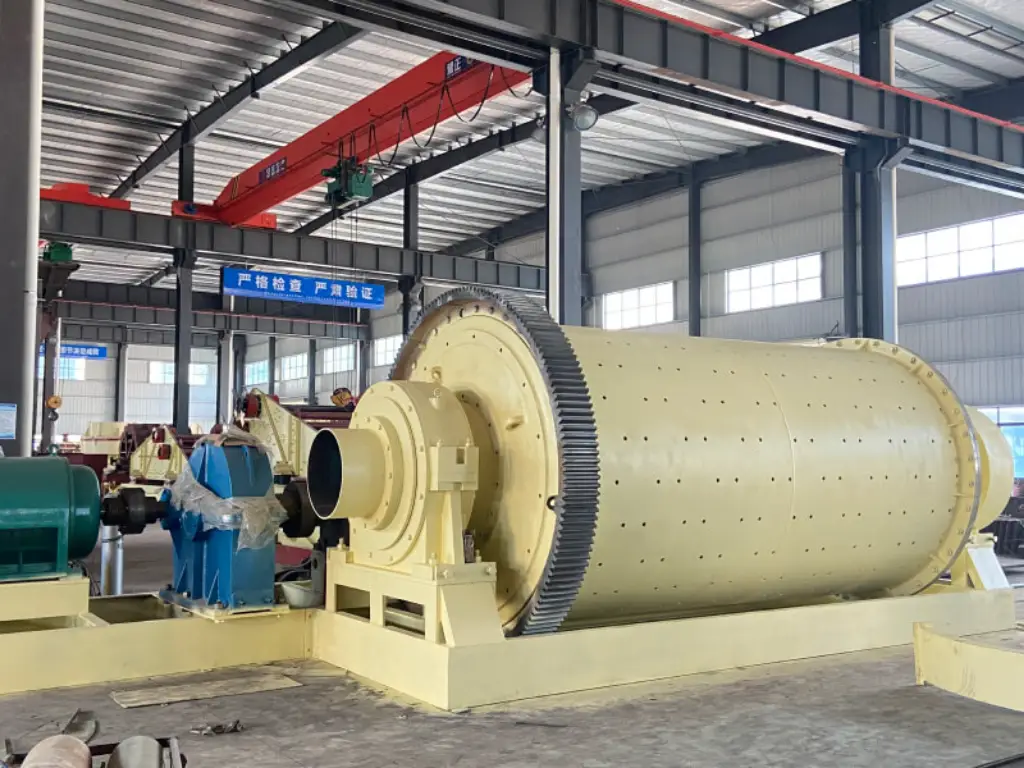
Planetary Ball Milling
Vibratory Ball Milling
Attritor Ball Milling
Tumbler Ball Milling
High-Energy Ball Milling
Factor Considerations for Choosing Ball Milling
Safety Precautions During Ball Milling
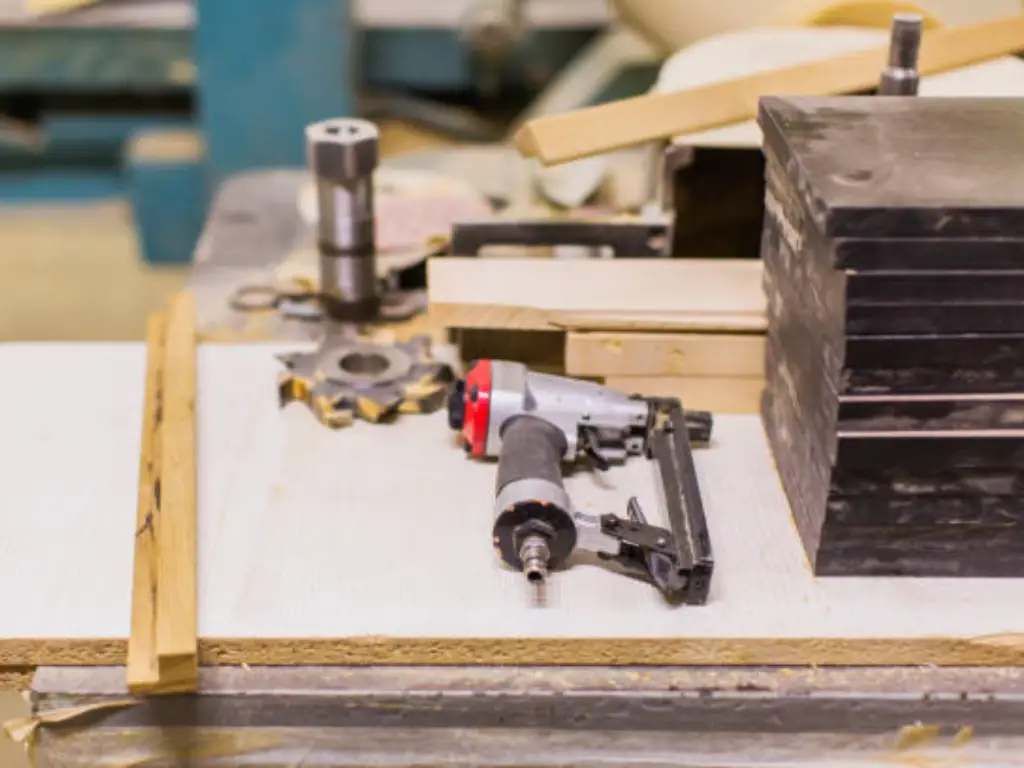
Also, proper maintenance and inspection of the milling equipment are crucial to guarantee that it functions as it is supposed to and without posing any risks. There is need to inspect the equipment for signs of wear and tear and repair or replace any part that has been affected. Operators should be trained on how to use the equipment appropriately and in the event of an accident, what measures should be taken. Other measures that help to ensure safe working conditions during ball milling include proper labeling and storage of materials, as well as cleanliness and tidiness of the working area.
Conclusion
JXSC Meets Your Grinding Needs
FAQs
The efficiency of ball milling can be improved by varying the parameters like time of milling, speed of rotation, and size of balls. The use of appropriate milling media and charging of the mill chamber with the right material also improves the process. Optimization of these factors makes it possible to obtain a more uniform particle size distribution and shorten the time for processing. Furthermore, the use of additives such as surfactants can help avoid agglomeration and enhance efficiency even more.
Ball milling can also change the chemical composition of materials through chemical reactions, create defects and increase the surface area. They can improve the reactivity and other properties of the milled material, which is important for particular uses. The mechanical forces that are applied during milling can also cause phase transformations and alter the crystal structure of the material. Therefore, ball milling is a versatile method for modifying the properties of materials for different applications in industry and research.

